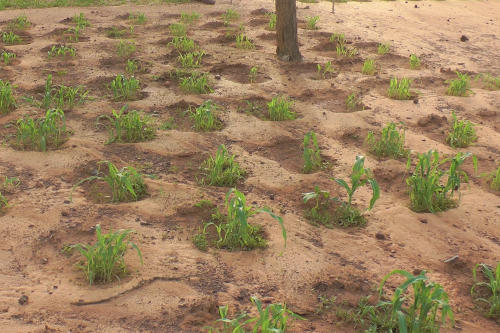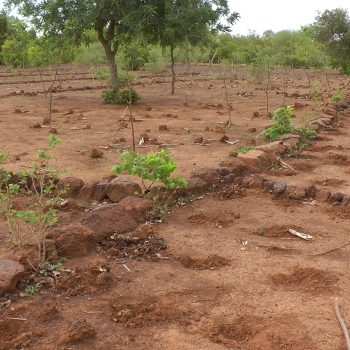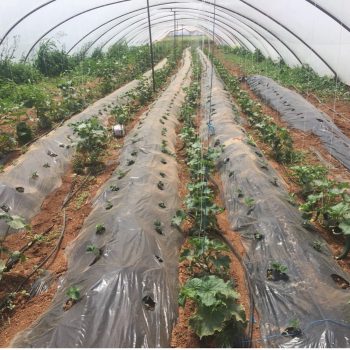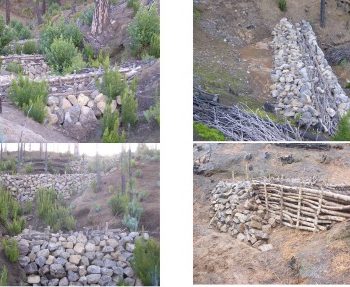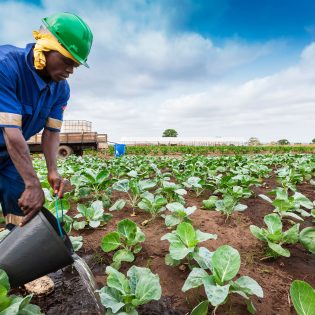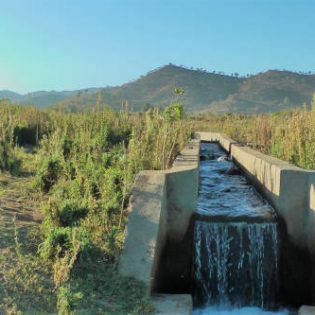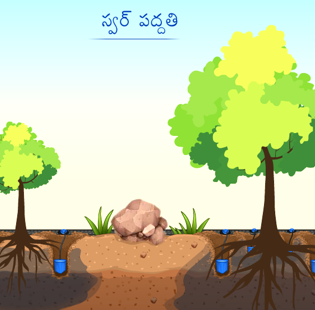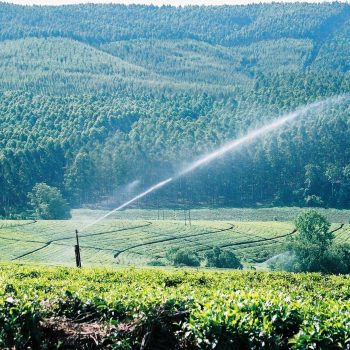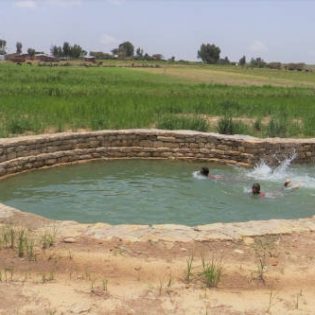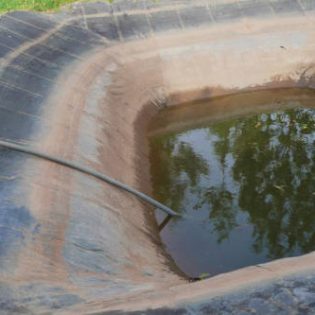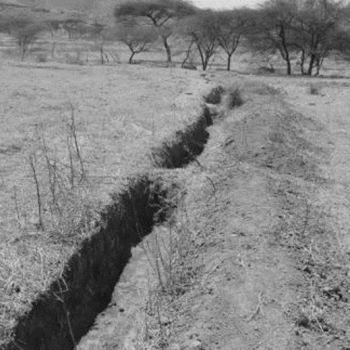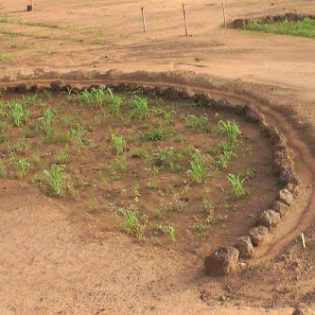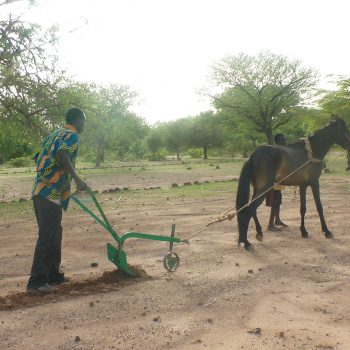| Planting pits collect rainfall and concentrate soil moisture for food and fodder production. Plants are grown inside pits, benefitting from the higher moisture content. Often manure and/or compost is added. This adds nutrients and attracts termites that loosen up the soil around the planting pits, thus increasing the capacity of the soil to absorb runoff water. Planting pits contribute to a significant increase in yields. Thy are used to grow trees but recently they have started to be used also for crop production (Mati, 2006).
Planting pits vary in dimensions, shape, and husbandry system (see table below). The best-known system is the western African “zaï”. Zaï pits are circular holes dug by hand on gently sloping land in order to catch and retain runoff water. They are scattered on the surface and approximately follow the contour lines. The pit size and depth vary but a general rule is not to make the pits too small (Reij et al. 2009). If pits are under-sized, the amount of water trapped will not satisfy the plants requirements. Zaï pits require a considerable amount of mainly manual labour. To make the process easier, it is suggested to perform the excavation in the dry season – right after the rain period – when the soil is easier to work with (Desta et al., 2005). Thereafter, they are filled with organic materials such as manure, compost or dry biomass. This leads to increased microbial activities which in return increases the rate of water infiltration during the rainy season. This creates a micro-environment that increases drought resistance and improves crop yields. After the first rains, sorghum or millet can be sown. Following the harvest, the plant stalks should be left in the pits to increase the organic matter content for the next season. In the second year, new zaï planting pits can be dug in between the first year’s lines (progressively adding more in the landscape) and sown with Sorghum or Millet. Also, legumes can be planted in the one-year-old pits. To decrease the runoff speed, stone lines are laid along the contours with a spacing of 20-30 cropping lines in between.
|
| References: | Desta, L., Volli C., Asrat W-A, and Yitayew A. (2005). “Community-based participatory watershed development. a guideline. annex.”
Knoop, L., Sambalino, F., & van Steenbergen, F. (2012). Securing Water and Land in the Tana Basin: a resource book for water managers and practitioners. The Netherlands: 3R Water Secretariat. Mati, B.M. (2006). Overview of Water and Soil Nutrient Management under Smallholder Rain-fed Agriculture in East Africa (pp. 1–94). International Water Management Institute. Reij, C., Tappan, G., and Smale, M., 2009. Agro-environmental transformation in the Sahel: Another kind of “Green Revolution.” IFPRI Discussion Paper. Washington, D.C.: International Food Policy Research Institute |
Additional information
| Agriculture | Rainfed (Crop) |
|---|
